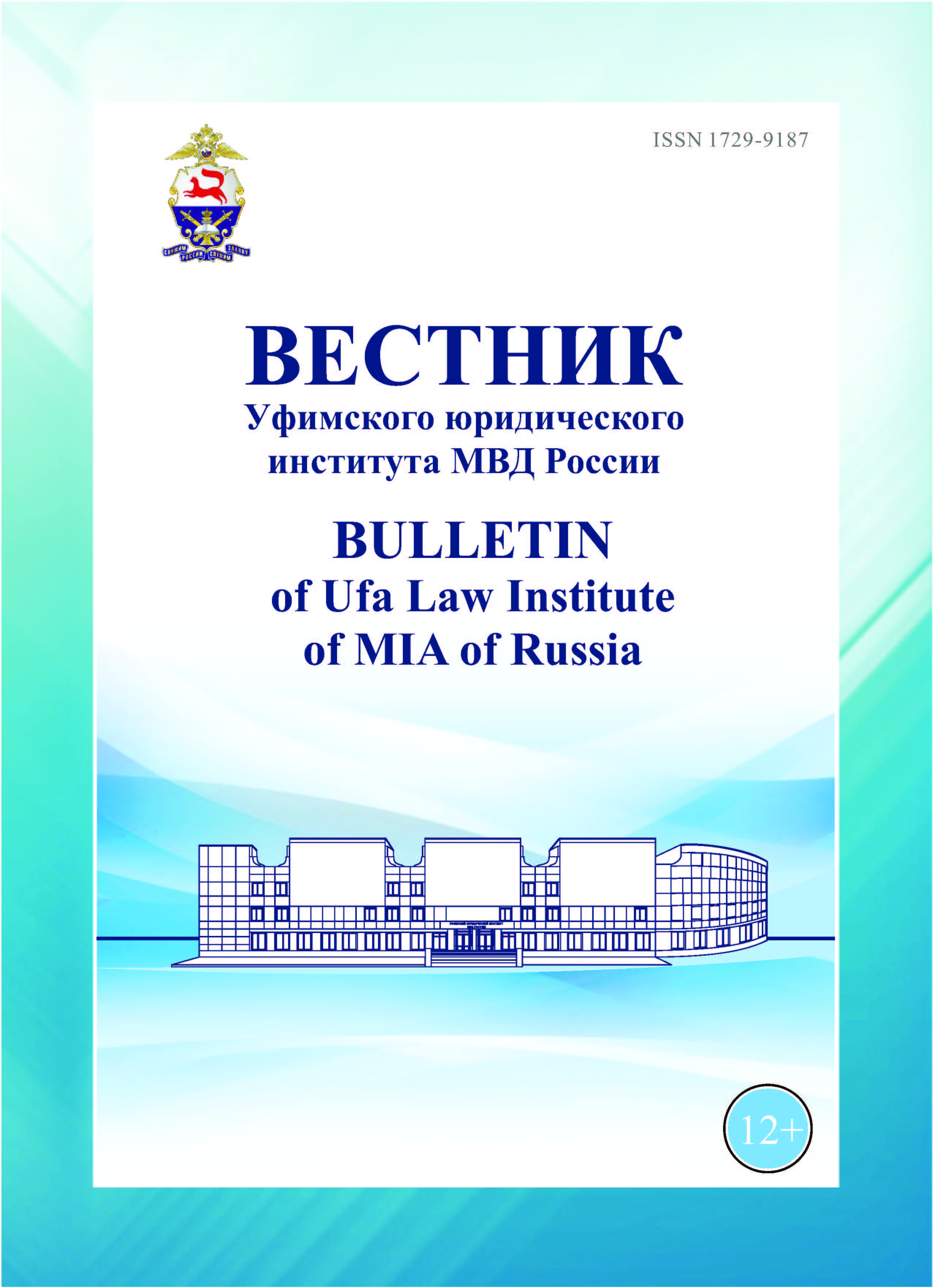UDC 343.815
The author shows that the idea of using the labor of persons serving a sentence of imprisonment in the production of agricultural products is not new. This paper examines the organizational and legal foundations of correctional institutions for minors, which, as a rule, were agricultural and craft colonies, orphanages with schools of gardening, horticulture, beekeeping and hop-growing, city craft orphanages. By creating them, the legislator pursued the goal of promoting the moral and social education and correction of minors and the dissemination of knowledge in the field of gardening, horticulture, beekeeping among the people. The author considers the experience of creating a system of incentives for pupils after successful graduation from the school of gardening and truck farming successful (issuance of a certificate, clothing, money, exemption from corporal punishment in the future, etc.). It was concluded that by creating schools of gardening and truck farming of the 2nd category in correctional shelters for the maintenance of minors, the state tried to solve several problems at once: to stop the growth of child and adolescent crime, to equip the graduates of shelters with knowledge in the field of agriculture, which in the future should have made it easier the process of their resocialization.
penitentiary system, agricultural and craft colonies, correctional shelters with schools of gardening, truck farming, beekeeping and hop-growing, city craft shelters
1. Elchaninov A. P., Elchaninova O. Yu. Correctional shelters in the system of correctional institutions for juvenile delinquents in pre-revolutionary Russia: organizational and legal foundations // Penitentiary security: national traditions and foreign experience: materials of the All-Russian scientific and practical conference with international participation . In 2 parts. 2020, Part 1. P. 81–83. (In Russ.)
2. Elchaninov A. P. Organizational and legal form of correctional institutions for minors in the Russian Empire in the second half of the XIX century // Eurasian legal journal. 2020. No. 10 (149). P. 235–239. (In Russ.)
3. Elchaninov A.P. Features of the legal regulation of the execution of punishments for juvenile delinquents in the Russian Empire in the second half of the 19th century // Bulletin of the Samara Law Institute. 2020. No. 2 (38). P. 30–36. (In Russ.)
4. The Federal Penitentiary Service can create agricultural holdings to provide food for prisoners // URL: https://meat-expert.ru/forums/record/novosti-otrasli/sobytija-otrasli/fsin-mozhet-sozdat-agrohol (date of access: 27.04.2022). (In Russ.)
5. Ispravitel'nye zavedeniya dlya nesovershennoletnih i priyuty dlya arestantskih detey // Tyuremnyy vestnik. 1895. № 8. S. 416–424.
6. Talberg N. Correctional shelters and colonies in Russia // Journal of civil and criminal law: September. Publication of the St. Petersburg Law Society. SPb.: Type. Governing Senate, 1882. Book. 6. P. 33–60. (In Russ.)
7. Code of Institutions and Statutes on Detainees // Code of Laws of the Russian Empire. T. XIV. SPb., 1900. 909 p. (In Russ.)
8. Dril D. A. Charity of juvenile delinquents of «morally spoiled» and homeless children // Public and private charity in Russia. SPb., 1907. P. 100–112. (In Russ.)
9. The charter of the Simbirsk school of gardening and horticulture of the 2nd category, established in the city of Simbirsk at the local correctional shelter for minors // Prison Bulletin. 1893. No. 12. P. 484–494. (In Russ.)
10. Charter of the Vyatka correctional shelter // Prison Bulletin. 1893. No. 12. P. 495–497. (In Russ.)
11. Bekleshov M. Russian correctional institutions for minors // Prison Bulletin. 1910. No. 1. P. 131–151. (In Russ.)
12. Draft charter of the Special School of Horticulture, Horticulture and Hop Growing of the 2nd category, established at the Kharkov correctional shelter for juvenile delinquents. Kharkov: B. and., qualification. 1888. 19 p. (In Russ.)
13. Correctional institutions for minors and shelters for children under arrest // Prison Bulletin. 1895. No. 8. P. 416–424. (In Russ.)









